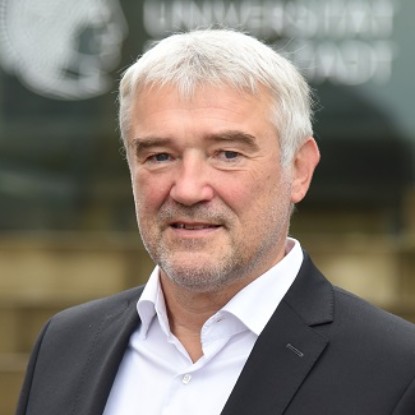FLAME Colloquium: Understanding the impact of vibrations and defects on the optical properties of phosphors
Paul Erhart, Chalmers University, Gothenburg, Sweden
2019/04/29
Date: 8th May 2019 Venue: TU Darmstadt, L2|01, Alarich-Weiss-Straße 2, Room 228 Start: 11am
Description:
Activator ions such as Ce are used to control the luminescent properties of phosphors, which are core components in white-light-emitting diodes. Their optical signatures are temperature dependent as they are sensitive to changes in the local environment due to atomic vibrations. Using a combination of experiment and first-principles calculations, we have recently provided a complete phonon assignment for the oxide garnet Y3AI5012 (YAG). An increase in temperature causes larger tetragonal distortion of the CeO8 moieties and an increase of the crystal-field splitting, which gives rise to a redshift of the emitted light. The lattice thermal expansion on the other hand reduces the tetragonality and induces a blue-shift. The non-linear shift of the color of the emitted light with increasing temperature can then be explained as a competition between these two processes. Thermal quenching of the emission due to non-radiative processes limits the efficiency of these devices. In this context, we have investigated the potential contribution of oxygen vacancies. It is found that these defects exhibit very strong and localized electron-phonon coupling, providing an efficient non-radiative recombination channel.




